What's New
Displaying results 2501 - 2510 of 4052
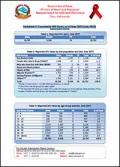
Resource | Fact Sheets,
This is a report on cumulative HIV Cases in Nepal, as of Asar 2072 (July 2015), revised and updated on November 30, 2015.
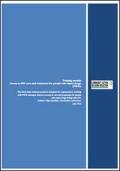
Resource | Tools,
The training module was developed as a result of the workshop which was organised for Community Action for Harm Reduction (CAHR) partners in December 2014. This three days training module can be used to build capacity of service providers aiming to improve access to care and treatment for HIV positive people using drugs.
It aims to present participants with a theoretical basis and practical models of building effective programmes on access to care and treatment for PWIDs, using community-based outreach services for marginalized groups as a platform.
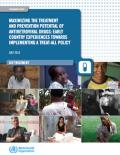
Resource | Guidelines,
WHO guidelines on antiretroviral therapy (ART) have evolved during the past decade towards recommending earlier treatment, as evidence has shown clinical and public health benefit, treatment has become simpler, more tolerable and more affordable, and systems for ARV delivery have been streamlined for scale.
This update summarizes experiences of countries that have already begun to implement earlier treatment approaches as part of a national policy or pilot programmes. Overall, these five country examples demonstrate that scaling up a treat-all policy, across diverse populations (adults, key populations and children) is acceptable and feasible, with early benefits and no immediate evidence of harmful effects.
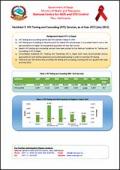
Resource | Fact Sheets,
Background about HTC in Nepal:
- HIV Testing and Counseling service was first started in Nepal in 1995.
- HIV Testing and Counseling is the entry point for overall HIV care services. It is provided free of cost to the key populations at higher risk and general population all over the country.
- Nepal’s HIV testing and counseling services have been guided by the National Guidelines for Testing and Counseling of HIV in Nepal.
- Consolidated Guidelines for Treating and Preventing HIV in Nepal 2014 have recommended various approaches for both facility-based and community-based testing in order to maximize HIV testing.
- There are over 235 service sites providing HIV testing and counseling, including 103 non- government sites as of July 2015.
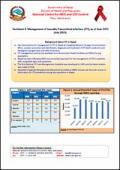
Resource | Fact Sheets,
Background about STI in Nepal:
- Key interventions for management of STI in Nepal are targeted Behavior Change Communication (BCC), condom promotion and distribution, diagnosis and treatment of STI (both syndromic and etiological management) and referral services.
- STI management services are available from Government Health Facilities and NGOs for key population.
- Nepal has been following WHO recommended approach for the management of STIs in patients with recognized signs and symptoms.
- The first National STI Case Management Guideline was developed in 1995 and the latest revision was made in 2014.
- Repeated Integrated Biological and Behavioral Surveillance (IBBS) Surveys are the main source of information for STI prevalence among key population in Nepal.
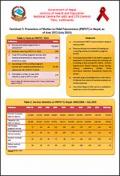
Resource | Fact Sheets,
Background:
- Comprehensive PMTCT service started in Nepal in February 2005.
- There are 98 sites from where HIV testing and counseling services are available to pregnant women.
- Community-based PMTCT (CB-PMTCT) program is expanded in 16 districts where HIV screening and counseling is done among ANC visitors. -Achham, Arghakhanchi, Baitadi, Bajhang, Banke, Bardiya, Chitwan, Dadeldhura, Dailekh, Kailali, Kanchanpur, Kapilvastu, Nawalparasi, Saptari and Sunsari.
- Free ARV drugs are available from 61 ART sites in 55 districts from where HIV-positive mothers can receive treatment.
- Early Infant Diagnosis (EID) service is available for babies born to the HIV-positive mothers.
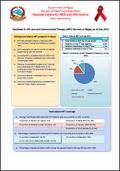
Resource | Fact Sheets,
Background about ART program in Nepal:
- ART was started in Nepal in February 2004 from Sukraraj Tropical and infectious Hospital, Teku.
- ART is available for free of cost for all eligible people living with HIV (PLHIV).
- Currently ART is available from 61 sites in 55 districts. HIV care is available from many sites including ART sites.
- National Consolidated Guideline for Treating and Preventing HIV in Nepal 2014 is the guiding document for providing HIV treatment and care in Nepal.
- CD4 count service is available from 27 sites across the country.
- Viral load monitoring service is available from National Public Health Laboratory.








